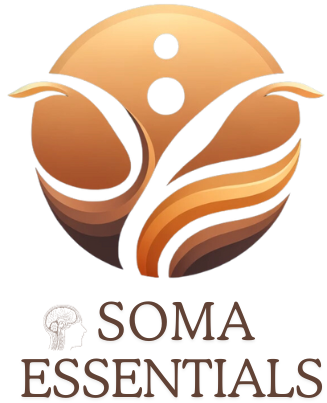How to Improve Mind-Body Connection with Somatic Education
Somatic education is a holistic approach to learning that focuses on the mind-body connection. It is a form of self-directed learning that allows individuals to become more aware of their bodies and how they move through space. By understanding the principles of somatic education, one can improve their overall well-being and quality of life. In this article, we will explore the concept of somatic education in depth and discuss how it can help us achieve a better mind-body connection. So, if you’re looking to enhance your physical, mental, and emotional health, read on to learn more about this transformative practice.
Somatic education is an approach that focuses on the mind-body connection and aims to improve our awareness and understanding of our own bodies. It is based on the principle that the body holds wisdom and knowledge that can help us heal and grow. Through somatic education, we can learn to listen to our bodies, release tension and stress, and develop a deeper sense of self-awareness.
One of the key components of somatic education is somatic therapy. This form of therapy helps individuals release trauma, tension, and other emotions that may be stored in the body. By working with a trained therapist, you can learn techniques to tune into your body and release physical and emotional pain.
Another aspect of somatic education is exercises that promote mind-body connection. These exercises, such as yoga, tai chi, or qigong, focus on slow, deliberate movements that allow you to connect with your body and its sensations. These practices can also help release tension and promote relaxation.
Somatic psychology is another important element of somatic education. This branch of psychology explores the connection between the mind and body and how our thoughts, emotions, and beliefs can impact our physical well-being. By incorporating somatic psychology into your practice, you can gain a deeper understanding of your inner self and how it relates to your body.
Overall, somatic education is a powerful tool for self-discovery and promoting overall well-being. By incorporating techniques such as somatic therapy, exercises, and psychology into your life, you can improve your mind-body connection and live a more fulfilling life.
Somatic Therapy: Releasing Tension and Trauma
Somatic therapy is a powerful technique for releasing tension, trauma, and other emotions stored in the body. Through this therapy, individuals can learn to tune into their bodies and let go of physical and emotional pain.
Understanding the Mind-Body Connection with Somatic Psychology
Somatic psychology is a branch of psychology that focuses on the connection between the mind and body. It examines how our thoughts, emotions, and beliefs can impact our physical well-being. This approach recognizes that our bodies hold onto stress, trauma, and tension, which can manifest as physical symptoms.
By understanding the mind-body connection, we can begin to see how our mental and emotional states affect our physical health. Somatic psychology offers techniques and practices to help us release stored tension and promote overall well-being.
Through somatic education, we can learn to listen to our bodies and become aware of any physical sensations or discomfort. By paying attention to these signals, we can gain insight into our thoughts and emotions, and how they may be affecting our bodies.
Somatic psychology also recognizes the impact of past experiences on our physical and emotional state in the present. By addressing these experiences through somatic therapy, we can release tension and promote healing.
Exercises for Mind-Body Connection
Exercises such as yoga, tai chi, or qigong can help promote mind-body connection through slow, deliberate movements that allow individuals to connect with their bodies and release tension. These practices focus on the coordination of breath and movement, allowing for a deeper sense of self-awareness and relaxation.
Yoga is a popular form of exercise that combines physical postures, breathing techniques, and meditation to promote physical and mental well-being. Through the practice of yoga, individuals can improve their mind-body connection by tuning into their breath, focusing on their body’s movements, and releasing tension through stretching and strengthening exercises.
Tai chi and qigong are traditional Chinese practices that involve slow, fluid movements and controlled breathing to improve balance, flexibility, and overall well-being. These exercises require a deep level of concentration and awareness, allowing individuals to connect with their bodies and cultivate a sense of inner peace.
In conclusion, somatic education is a valuable tool for improving our mind-body connection and promoting overall well-being. Through techniques such as somatic therapy, exercises, and psychology, we can learn to listen to our bodies, release tension and stress, and gain a deeper understanding of ourselves. Incorporating somatic education into our lives can lead to a more fulfilling and balanced existence.

